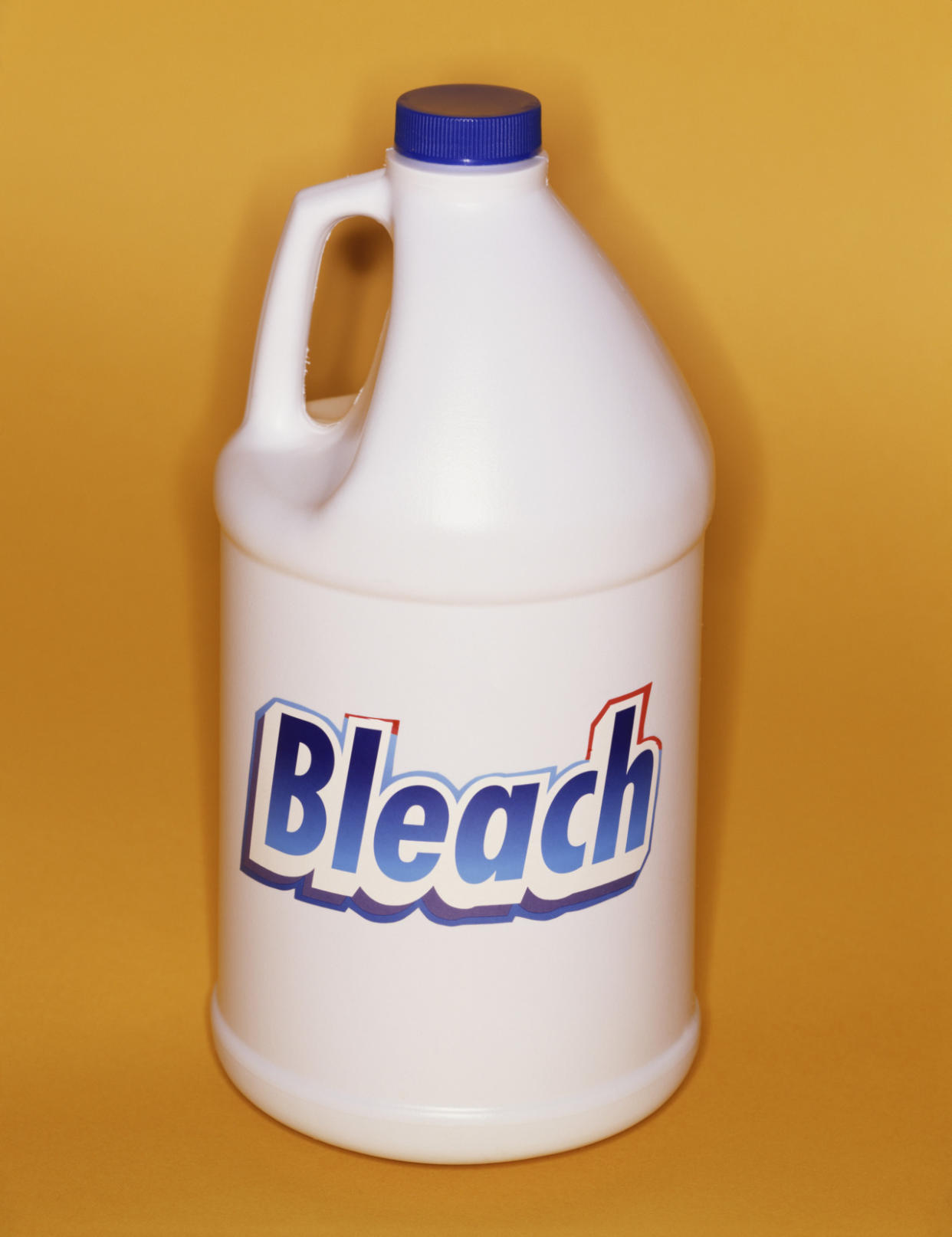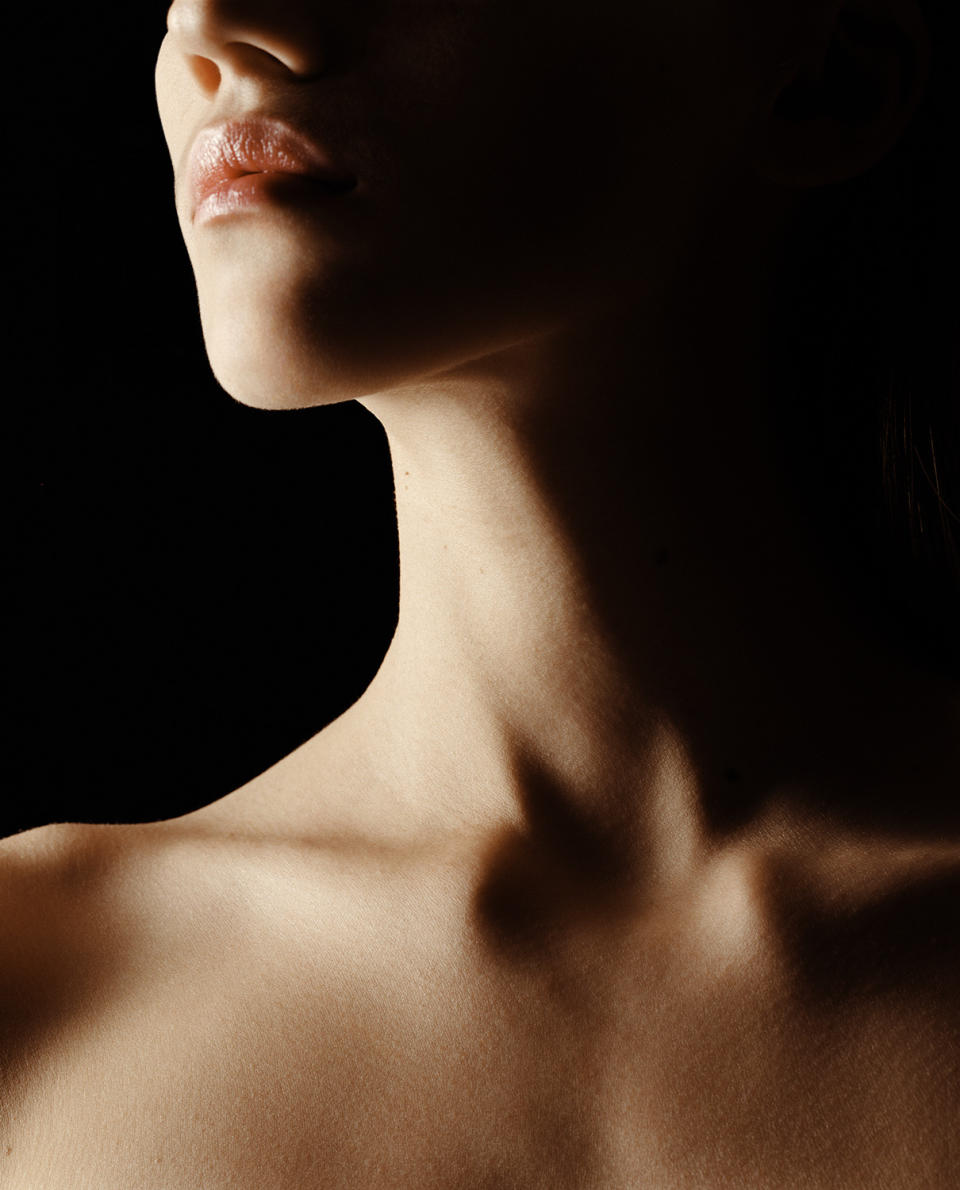Toxic Skin Lightening Creams Seized By London Officials

Turns out, the verdict isn’t clear on safe skin lightening. (Photo: Getty Images)
Don’t trust everything that you see on the free market — worldwide, beauty products are not regulated and some of them have dangerously toxic ingredients even if they actually deliver on their promised results. This week, skin lightening creams were seized in East London by UK Trading Standards officials. The products that have been removed from the market, RDL Hydroquinone Tretinion Babyface Solution No. 2 and No. 3, and Fazia Beauty Cream (bleach and freckle), contained high levels of hydroquinone, which is banned in the European Union.
Hydroquinone is a controversial skincare ingredient that effectively inhibits melanin production by preventing skin from making the enzyme responsible for triggering the pigment. Paula’s Choice reports that over-the-counter products can contain up to 2 percent concentrations, and prescription products can contain 4 percent concentrations or even higher — with 12 percent concentrations preventing melanin production entirely. These results have made the organic compound the most reliable ingredient for both skin lightening and reducing spots on the face — but hydroquinone is also linked to liver and skin damage in these high concentrations. Manhattan-based dermatologist, Sejal Shah, MD, tells Yahoo Beauty that it is known to cause dermatitis, a type of rash. Too much usage can also cause exogenous ochronosis, a dark discoloration on the skin. “I have my patients take a two- to three-month break when they use hydroquinone,” Shah says. “The longer the exposure, the higher the risk of side effects.” But Shah is wary of the claims that hydroquinone should be banned outright, as even “natural” alternatives, like arbutin, which is found in berry leaves, actually breaks down into hydroquinone.
In 2006, the United States Food and Drug Administration noted that hydroquinone is a possible carcinogen, based on tests on adult rats, in which the absorption of the ingredient was linked to increased rates of tumors. Once upon a time, hydroquinone was banned in South Africa, too — but this ban was revoked after discovering that the banned products contained mercury and glucocorticoids, which were the real sources of the harmful side effects. “When properly formulated, hydroquinone is not a harmful ingredient and there’s no substantiated research proving otherwise,” Paula’s Choice advises. In the United States, current usage of hydroquinone in low amounts is considered safe according to the FDA, though, as evidenced by Paula’s Choice’s own products on the market, such as Resist Triple-Action Dark Spot Eraser 2% BHA Gel ($20).

Skin lightening products are controversial for their ingredients, too. (Photo: John Akehurst/Trunk Archive)
“Our teams have seized thousands of illegal products this year from hair and beauty salons and shops, highlighting the scale of the problem,” Steve Playle, a representative of London Trading Standards, told the Evening Standard. “These traders are not only playing with the lives of their customers, but they also face prosecution, fines of up to £20,000 and even the possibility of jail.” Whether hydroquinone is the culprit or not, you should ideally consult a dermatologist before testing any extra-strength products on the market.
Related:
Racist Ad Raises Questions About Beauty Ideals

